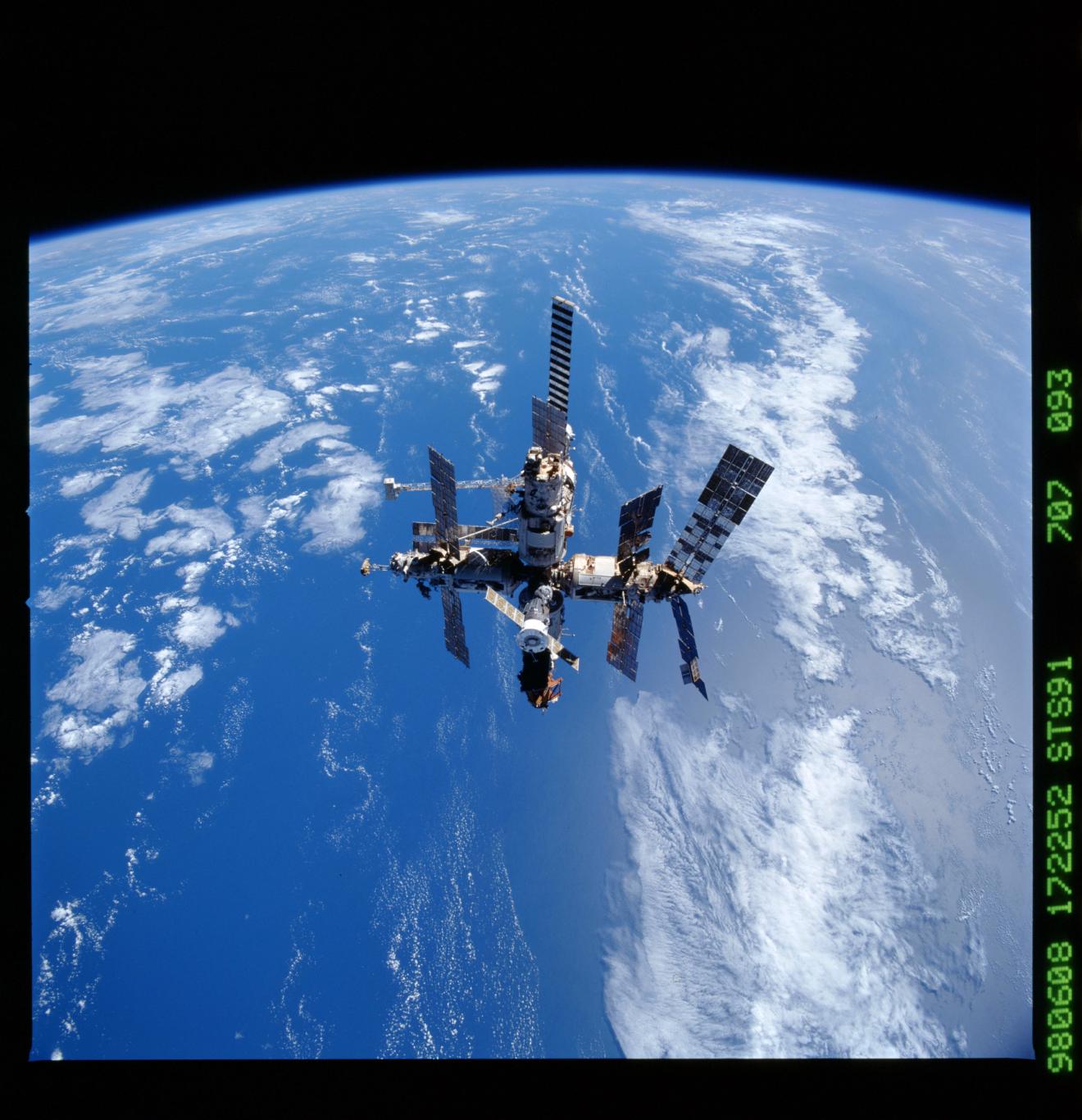
Test Post N
14 Jul 2023 01:23:45
this is a test post, talking about subject N
『灰羽連盟』(はいばねれんめい、仏語:Ailes Grises)は、2002年10月から12月にかけてフジテレビ系列の深夜枠で放送されたテレビアニメ作品。安倍吉俊の同人誌『オールドホームの灰羽達』を元に構成された。
On June 4th, 1998, after a smooth countdown with no unplanned holds, Space Shuttle Discovery leapt off of the pad at 6:06 and 24 seconds AM, Eastern Daylight Time, kicking off STS-91. First time flyer Janet Kavandi said quote “Until I felt the SRBs go off, I didn’t really fully anticipate what was going to happen. It brought tears to my eyes; I was actually crying on the way up, not because I was scared, but because it was just a flood of emotion as I felt all the power and everything thrusting us into space.” end quote. And since I got that entire quote from his book The Twenty-First Century in Space, I’ll once again thank Ben Evans and remind you all to check out his work!

Before we even get to Mir, we have to take a little bit of a step back and learn some physics. That’s because riding in the back of the payload bay was the first iteration of the Alpha Magnetic Spectrometer, or AMS-01. In a sense, this experiment existed because the decision was made to build the ISS. Without getting into the whole tortured history, in the early 1990s there were two major scientific projects in the United States that somehow found themselves as rivals for the same slice of government funding. One was a gigantic particle accelerator called the Superconducting Super Collider, or SSC, and the other was the International Space Station, or ISS.
As you know, the ISS did not get canceled, which means that the SSC did, in a big blow for the particle physics community in the United States. In a move that I guess was taking lemons and making lemonade, Nobel Prize winning physicist Samuel Ting began a campaign to fly a particle physics experiment on the ISS: the Alpha Magnetic Spectrometer. Fast-forwarding through a number of years and here we are with AMS-01, which was serving both as a proof of concept as well as a calibration opportunity for a larger version that would eventually fly on the ISS, creatively named AMS-02.
The broad goal of AMS was to answer two questions: where’s all the antimatter, and what the heck is dark matter? If physicists were right about the start of the universe, there should have been an equal amount of matter and antimatter, but when we look around us we pretty much just see matter. So AMS sought to answer question “where is all the antimatter?” It was possible that entire galaxies of antimatter were out there in the universe, and if that was the case AMS should be able to detect antimatter cosmic rays flying through space. But if large amounts of antimatter were not detected, scientists would have to go back to the drawing board when trying to answer the antimatter question.
